When word of the protests in Berkeley came in a few days ago, my heart started beating faster. I had been following the recent demonstrations against police brutality with a mixture of despair and rage. But I had been too far from the action, both physically and geographically, to feel like a participant. Now, even though I was 1000 miles from the Bay Area, I suddenly did. .
Almost immediately, the problem with this change in attitude hit home. I was no more implicated in what was taking place on Telegraph Avenue than what I’d seen in Ferguson weeks before. And, more importantly, no less implicated. Any distance I had previously perceived was the direct result of my privilege as a white man in a society where white men literally call the shots.
Yet despite this realization, I could not deny my excitement. The mind never fully rules the body. My years in the Bay Area had left with me a wealth of muscle memories that were impossible to suppress: the strange exhilaration that comes from walking where cars and trucks are usually speeding by; the camaraderie that develops after spending hours alongside people you have never met before and may never see again; the way your voice starts to sound like a dusty 78rpm recording of yourself after chanting the same slogans hundreds of times in succession; special ache that spreads from your feet to your legs as you traverse miles of unforgiving asphalt and concrete.
Soon, however, the romance associated with these involuntary recollections began to fray as I began to remember what it had felt like the “morning after.” There was the literal hangover that often followed a night on the march, when protesters fortified themselves against the chill and sometimes rain with flasks passed through their ranks. And then there was the harder-to-shake malaise that almost inevitably supplanted the exhilaration of collective action, that nagging fear that it would fail to have a lasting impact.
How many times had I been involved in demonstrations in which the participants deluded themselves into thinking they were about to change the world, when their biggest accomplishment was probably winning overtime pay for the police officers keeping them in line? How many times had I scanned the faces of bystanders for signs of support, only to see boredom and annoyance? Why didn’t the protests I got to see first hand ever seem to reach the critical mass of their predecessors in the 1960s?

Frequently, during my years in the Bay Area, there was also the prospect of seeing broken glass on the streets and boards where windows used to be. I wasn’t one of those people who would cry out “No violence!” at the first sign of property coming under attack. Although I never crossed that line myself, I remembered what it had felt like during my darkest teenage years, when breaking things seemed like the only way to keep myself from being broken. Besides, I reasoned, there was value in reminding the powers that be that not everyone held commodities to be sacred.
No matter how thoroughly I rehearsed these rationalizations, though, the protests often fell short of their mark. National chains tended to have better security measures than independent small businesses. And many of the people hurling rocks and “liberating” the good of their choice appeared to be neither willing or able to make fine distinctions about who the real enemy was. Their only goal, it seemed, was to force people to notice them, long-term consequences be damned.
Sometimes police agitators and other double agents would be blamed for initiating these actions in order to give all of us a bad name. That may well have been the case. Certainly there is ample evidence that such practices were common during the late 1960s. But I knew full well that some of the people participating in this violence against property were not infiltrators from outside because they were acquaintances I had seen at demonstrations, meetings and the parties that were such a big part of the political scene.
Watching coverage of the protests following the grand jury verdicts in Ferguson and New York City, I had tried hard to suppress the skepticism my own experiences were likely to inspire. It was obvious, for one thing, that the stakes were different. The protests in which I’d participated during my time in the Bay Area weren’t frivolous. But we always seemed to be protesting on behalf of others, rather than ourselves. If we were implicated, it was usually because of our privilege rather than the direct experience of oppression.
This is also what separated the demonstrations of my era, in the late 1980s and early 1990s, from their predecessors a generation before. Young men protesting the Vietnam War at least had to worry about being drafted to fight in it. And the militarization of policing had created martyrs like James Rector, gunned down in a 1969 Berkeley protest. By contrast, the worst that ever happened to the people in my circle was a trip to the county’s Santa Rita prison and back.

After a while, I couldn’t help but see both the protestors and the police in theatrical terms, putting on a show that never really broke the fourth wall politically. The issues were real. But I was never certain that our collective actions transcended the realm of fantasy. Although I may have been less of a believer than most of my fellow demonstrators, I often had the impression that they also had their doubts about what they spent so much of their time doing. Certainly, they shared my nostalgia for those halcyon days when a march through the streets wouldn’t be forgotten in a day or two.
Whatever else could be said about the protests that sprang up after the grand jury decision this fall, they were definitely grounded in an inescapable reality. And even the middle-class people, many of them white, who joined them in solidarity appeared to have more of a personal stake in the issue of police brutality than my friends and I did when I was in the Bay Area.
The United States is so much more militarized now than it was then. We live in a more-or-less-permanent war economy. Almost everybody knows someone who has served in Iraq or Afghanistan, often witnessing terrible things. The security measures put in place under the Patriot Act after 9/11 have guaranteed that even the most privileged Americans feel an ambient pressure to conform much stronger than anything my generation had to contend with.
For people of color, the sense of living in a police state is inescapable. Two decades of right-wing assaults on what was left of the never-very-robust American welfare state have helped to steadily widen the gap between the haves and have-nots. The presence of an African-American in the White House has seemingly given bigots the license to once again say what they had spent several decades learning to suppress. And the disproportionate toll of policing on young black and brown men, which never really went away to begin with, has become both more brutal and more obvious.
Maybe this is part of the reason I initially felt distant from the protests. Not getting too close was my way of warding off the impulse to see them in light of my own experiences. But once I saw photographs from Berkeley, with people marching down the streets I had once known so well, something shifted inside me. I was overcome by a compulsion to take psychological ownership of the events. Indeed, I even considered driving there to take part, as impractical as that would have been.
Instead, I sought out as much information about the Bay Area actions as I could. My social media feeds showcased different perspectives on what was taking place. Those who were participating directly were intent on making it clear that any violence had been instigated by overzealous policing. And they clearly wanted to counteract attempts by the mainstream media to downplay the protests’ significance. Friends who had been only passive bystanders or who had heard the police helicopters circling above their homes seemed less certain about their efficacy, but were still generally supportive. Still, I detected a dismissive note in their assessments, as if they were processing their own body memories of previous movements.
I decided that I needed to post about what was going on, even though I had doubts about whether it was appropriate for someone so far away to comment. That’s when, not surprisingly, the divide between the United States’ few progressive bastions and the rest of the country became painfully apparent. Although I was eager to engage in discussion about strategy and tactics with my Berkeley connections, I found it difficult to maintain this dispassionate demeanor when communicating with people who associated that name with everything that has gone wrong in the United States over the past half century.
Although I had grave doubts about the effect that wanton damage to property would have on the movement — even if it had been triggered by the police in some way — I wasn’t about to share them with those who couldn’t perceive a valid reason to be protesting in the first place. Instead, I found myself insisting on the importance of distinguishing between violence against property and violence against people. It was as if I had felt an obligation to close ranks, defending the demonstrations regardless of my private reservations.
This was cathartic for me. Ever since I’d left the Bay Area, I’d missed its political energy. But I also regretted not having lived there when that energy was put to sustained productive use. The scope and intensity of the current protests, far greater than anything I had participated in personally, suggested that the place’s fallow years might finally be over. Especially promising to my mind was the fact that tactics that were first deployed during my time there, such as “occupying” freeways, were working better than they ever had previously.
The sight of both lanes of Interstate 80 through Berkeley — one of the world’s busiest stretches of roadway — completely shut down by protesters made me exceedingly happy. An action that can generate that kind of visibility without breaking much of anything is bound to bring positive attention to the movement, shifting the emphasis of media coverage away from the broken glass and boarded-up windows. It may still represent a “spectacular” approach to the politics of protest, focused on short-term results instead of long-term staying power. But there’s no reason that such a success, if used as a foundation, can’t help fuel organizing oriented towards the latter.
Photographs courtesy of Dan Lurie. Published under a Creative Commons license.
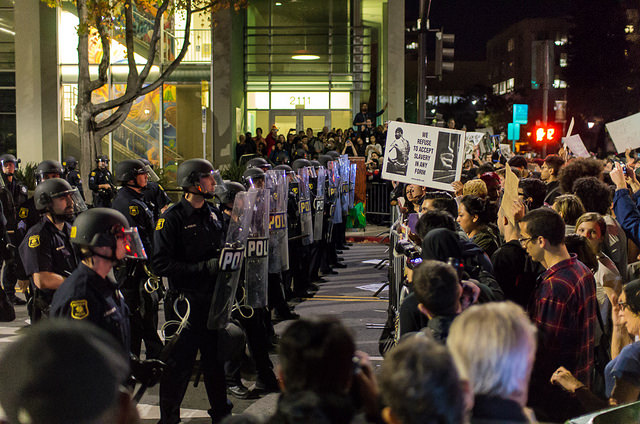
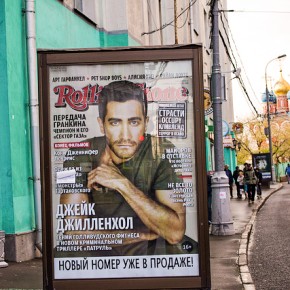
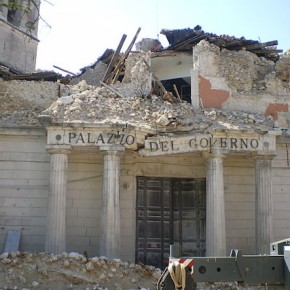
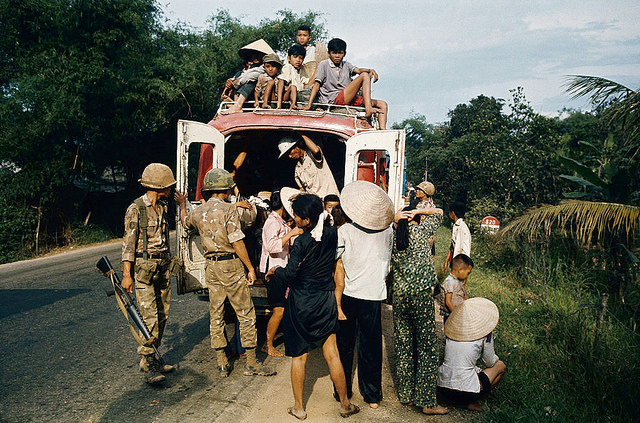
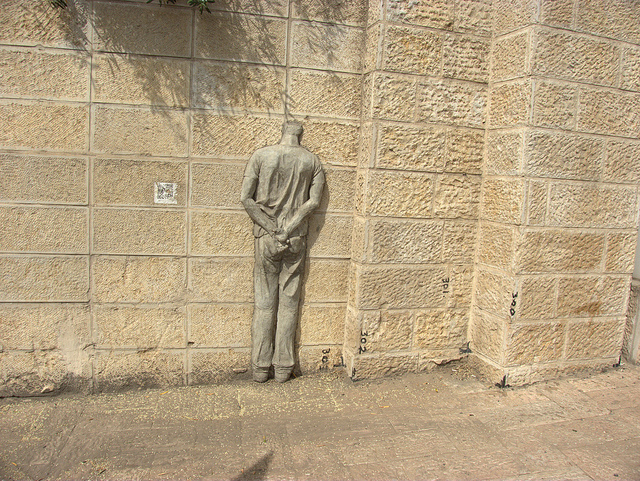
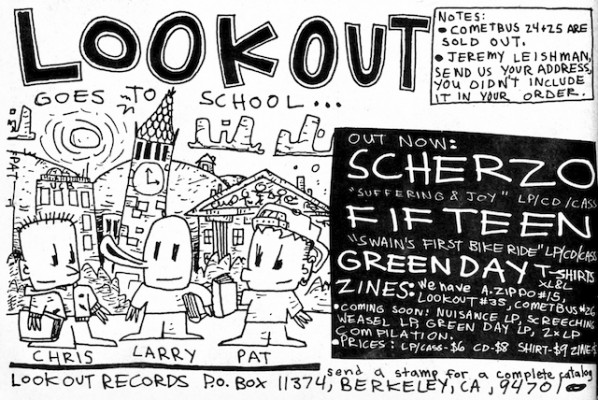
1 comment